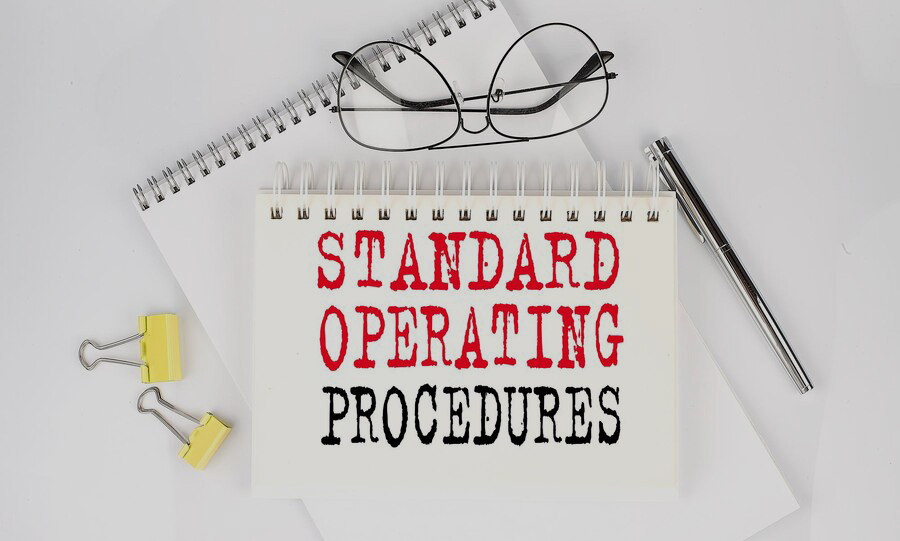The Flexible Technical Writer
As a Technical Writer, you have no control over the number of revisions a document…
Our content is reader-supported. Things you buy through links on our site may earn us a commission
Never miss out on well-researched articles in your field of interest with our weekly newsletter.

Subscriber

As a Technical Writer, you have no control over the number of revisions a document…

The Technical Writer Project Manager (TW PM), has to be organized, analytical, detail-oriented, possess common…
There are now many social media avenues by which technical writers could use to provide…

One of the most difficult things to do is to describe to someone how to…

With social media connecting us to more people globally, technical writing was sure to follow…

The cloud (virtual software service) and mobile devices are now being used more and more…

If you are currently employed: begin to write even if it is about a simple…

The Visual Communicator/Designer is involved in the page layout, the framework, the elements on a…

Lots of questions have been asked as to whether or not you need formal training…

When problems are encountered during the testing phase of a product or application, they have…

Once the application/product has been created and before it goes live, a detailed quality check…

I am seeing a trend here, where TW=BA=UX. Multitalented Technical Writers are now becoming more…

I’ve come up with the following tips to follow when creating a document. You can…

A company should always have a process in place whenever changes occur. This should be…

A Standard Operating Procedure (SOP) contains a list of steps or directions to follow for…

How do you get information to document when there is resistance? One of the many…